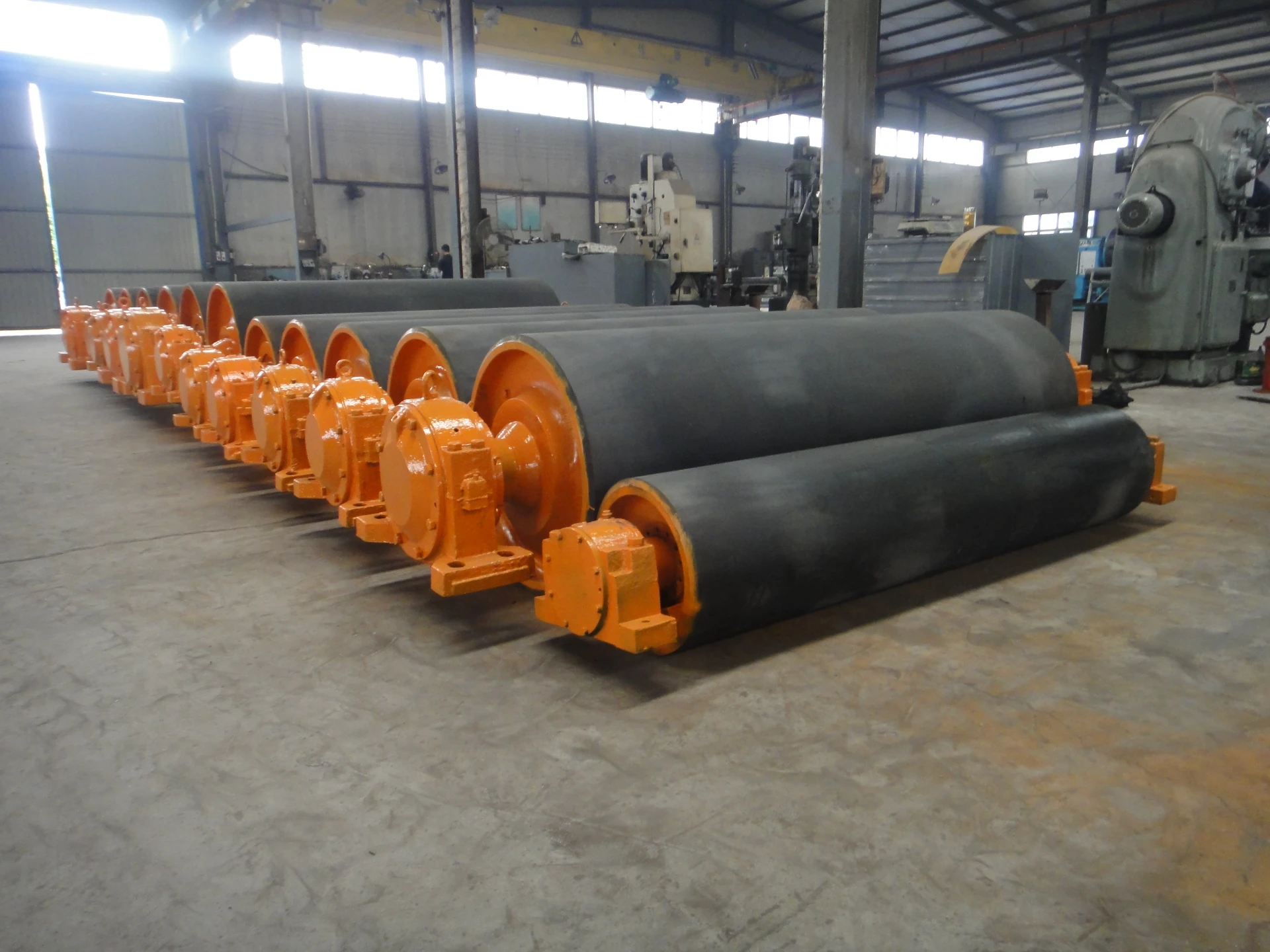 Afrikaans
Afrikaans  Albanian
Albanian  Amharic
Amharic  Arabic
Arabic  Armenian
Armenian  Azerbaijani
Azerbaijani  Basque
Basque  Belarusian
Belarusian  Bengali
Bengali  Bosnian
Bosnian  Bulgarian
Bulgarian  Catalan
Catalan  Cebuano
Cebuano  Corsican
Corsican  Croatian
Croatian  Czech
Czech  Danish
Danish  Dutch
Dutch  English
English  Esperanto
Esperanto  Estonian
Estonian  Finnish
Finnish  French
French  Frisian
Frisian  Galician
Galician  Georgian
Georgian  German
German  Greek
Greek  Gujarati
Gujarati  Haitian Creole
Haitian Creole  hausa
hausa  hawaiian
hawaiian  Hebrew
Hebrew  Hindi
Hindi  Miao
Miao  Hungarian
Hungarian  Icelandic
Icelandic  igbo
igbo  Indonesian
Indonesian  irish
irish  Italian
Italian  Japanese
Japanese  Javanese
Javanese  Kannada
Kannada  kazakh
kazakh  Khmer
Khmer  Rwandese
Rwandese  Korean
Korean  Kurdish
Kurdish  Kyrgyz
Kyrgyz  Lao
Lao  Latin
Latin  Latvian
Latvian  Lithuanian
Lithuanian  Luxembourgish
Luxembourgish  Macedonian
Macedonian  Malgashi
Malgashi  Malay
Malay  Malayalam
Malayalam  Maltese
Maltese  Maori
Maori  Marathi
Marathi  Mongolian
Mongolian  Myanmar
Myanmar  Nepali
Nepali  Norwegian
Norwegian  Norwegian
Norwegian  Occitan
Occitan  Pashto
Pashto  Persian
Persian  Polish
Polish  Portuguese
Portuguese  Punjabi
Punjabi  Romanian
Romanian  Russian
Russian  Samoan
Samoan  Scottish Gaelic
Scottish Gaelic  Serbian
Serbian  Sesotho
Sesotho  Shona
Shona  Sindhi
Sindhi  Sinhala
Sinhala  Slovak
Slovak  Slovenian
Slovenian  Somali
Somali  Spanish
Spanish  Sundanese
Sundanese  Swahili
Swahili  Swedish
Swedish  Tagalog
Tagalog  Tajik
Tajik  Tamil
Tamil  Tatar
Tatar  Telugu
Telugu  Thai
Thai  Turkish
Turkish  Turkmen
Turkmen  Ukrainian
Ukrainian  Urdu
Urdu  Uighur
Uighur  Uzbek
Uzbek  Vietnamese
Vietnamese  Welsh
Welsh  Bantu
Bantu  Yiddish
Yiddish  Yoruba
Yoruba  Zulu
Zulu rubber lagging
Understanding Rubber Lagging Applications and Benefits in Various Industries
Rubber lagging is a crucial component in many industrial applications, primarily used to enhance the performance and longevity of machinery. This specialized process involves applying a layer of rubber onto the surfaces of machinery components, such as rollers and drums, to improve their efficiency and durability.
One of the most significant applications of rubber lagging is in the mining and materials handling industries. Conveyor belts, essential for transporting materials, often suffer from wear and tear due to the harsh conditions they operate in. By incorporating rubber lagging on the drive rollers, the friction between the belt and the roller can be greatly improved. This leads to better grip and prevents slippage, ensuring smooth operation even under heavy loads. Moreover, the rubber layer acts as a protective barrier, extending the life of the underlying metal components.
In addition to mining, rubber lagging is also widely used in the manufacturing sector. In applications where machinery is subject to constant abrasion from materials, rubber lagging provides an extra layer of defense. It helps in reducing the impact of wear and tear, thus minimizing the need for frequent replacements and costly downtime. This not only saves money but also boosts overall productivity.
rubber lagging

The benefits of rubber lagging extend beyond just protection; it also plays a vital role in noise reduction. Many industrial processes generate significant noise levels, which can be detrimental to the work environment. By using rubber-lagged components, companies can effectively dampen sound, creating a quieter space for employees and reducing noise pollution in surrounding areas.
Furthermore, rubber lagging is praised for its versatility. Available in various formulations, rubber can be tailored to meet specific environmental conditions, such as temperature extremes or exposure to chemicals. This adaptability makes it applicable across diverse industries, including food processing, pharmaceuticals, and more, ensuring compliance with industry standards while maintaining operational efficiency.
In conclusion, rubber lagging is an indispensable technology that enhances the performance and lifespan of machinery in various sectors. Its ability to improve grip, reduce wear, limit noise, and adapt to different environments makes it a preferred solution in industrial applications. As industries continue to evolve, the importance of innovations like rubber lagging will only grow, marking its place as a critical element in maintaining efficient and reliable operations.
-
Revolutionizing Conveyor Reliability with Advanced Rubber Lagging PulleysNewsJul.22,2025
-
Powering Precision and Durability with Expert Manufacturers of Conveyor ComponentsNewsJul.22,2025
-
Optimizing Conveyor Systems with Advanced Conveyor AccessoriesNewsJul.22,2025
-
Maximize Conveyor Efficiency with Quality Conveyor Idler PulleysNewsJul.22,2025
-
Future-Proof Your Conveyor System with High-Performance Polyurethane RollerNewsJul.22,2025
-
Driving Efficiency Forward with Quality Idlers and RollersNewsJul.22,2025





























